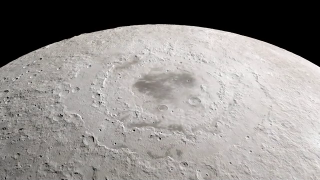The Serpent Dust Devil of Mars
[We’re not in Kansas anymore! – Ed] Indeed. Here’s a great little video from JPLNews on the 800m-tall dust devil they spotted on Mars in this wondrous image acquired, on Feb 16 2012, by the High Resolution Imaging Science Experiment (HiRISE) camera on NASA’s Mars Reconnaissance Orbiter. [Image Credit: NASA/JPL-Caltech/Univ. of Arizona] Pete Baker












